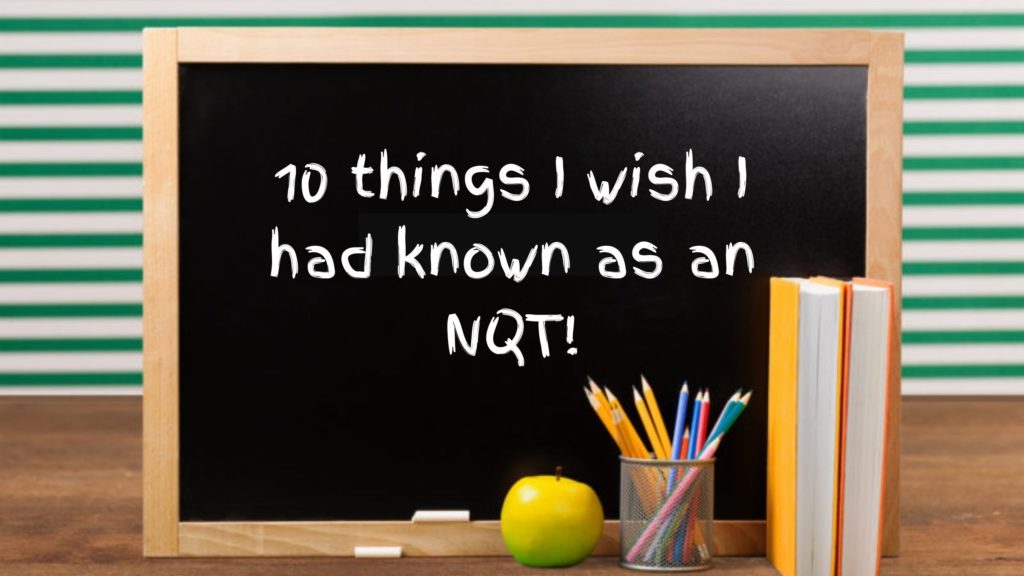Understanding and working with dyslexic students

Dyslexia and similar learning differences stem from innate patterns of thinking and learning that are associated with high levels of creativity and strong problem-solving and three-dimensional thinking abilities.
Difficulties with reading, writing, and spelling commonly associated with dyslexia can be corrected with strategies geared to the innate strengths shared by dyslexic individuals of all ages.
1. The most consistent thing about dyslexics is their inconsistency!
There is no one size fits all for each type of dyslexic profile and each individual pupil with dyslexia must have their different traits and behaviours explored individually to best ensure their needs are met.

2. Reading, writing and spelling
Sometimes a pupil may complain of dizziness, headaches or stomach aches while reading. Once they have got past this fear you may see they are confused by letters, numbers, words, sequences, or verbal explanations. When they write they show repetitions, additions, transpositions, omissions, substitutions, and reversals in letters, numbers and/or words. Often the pupil will read and reread with little comprehension. When the pupil spells they will often do it phonetically and inconsistently.
3. Hearing and speech
A pupil with dyslexia will often find it difficult to put their thoughts into words, this may mean they halt or stutter when speaking. It can be difficult for these pupils to transpose long phrases or words. On occasions I have also experienced pupils with extended hearing; hearing things not said or apparent to others. Pupils will often be distracted easily by sounds.

4. Writing and motor skills
Dyslexic pupils will have great difficulty writing and copying, they often have unusual pencil grips. Dyslexia can affect how a pupil coordinates themselves during sporting activities; they will often appear to be clumsy or poor with fine and gross motor skills. It is a common trait for these pupils to be ambidextrous or even confuse left and right.
5. Maths and time management
Telling the time can be tricky and often sequencing events is difficult. Many of the dyslexic pupils that I have taught will use their fingers to count in maths; they often know the answers but can’t put it down on paper. They will be good at arithmetic but find more difficult subjects like algebra particularly tricky.

6. Memory and cognition
These pupils can have excellent long-term memory for experiences, locations and faces but poor memories for sequences, facts and information that has not been experienced.
7. Behaviour and development
Some pupils may come across as completely disorderly or compulsively orderly. At times these pupils will make mistakes and their symptoms increase dramatically with confusion, pressure or emotional stress. In my experience they can also be the class clowns, trouble makers or be the opposite and be very, very quiet.

8. Praise gives power, Criticism kills
A person with dyslexia needs a boost to their self-confidence before they can learn to overcome their difficulties. They have already experienced failure and deep down they often don’t believe they are capable of learning. To re-establish self-confidence provide the opportunity to succeed and give praise for small achievements.
When dyslexic adults and children learn how to harness and use their innate strengths, they can excel in all realms.








Responses